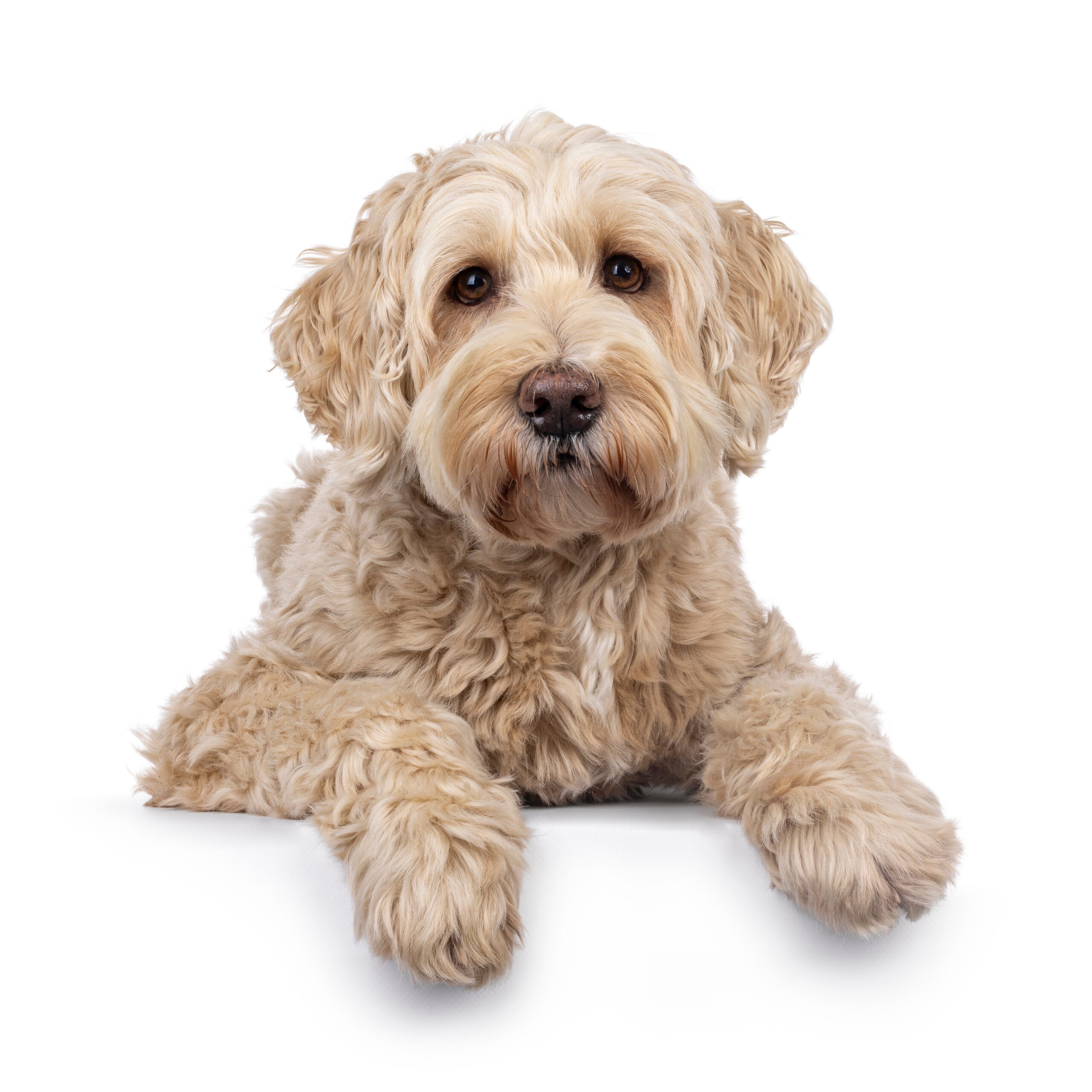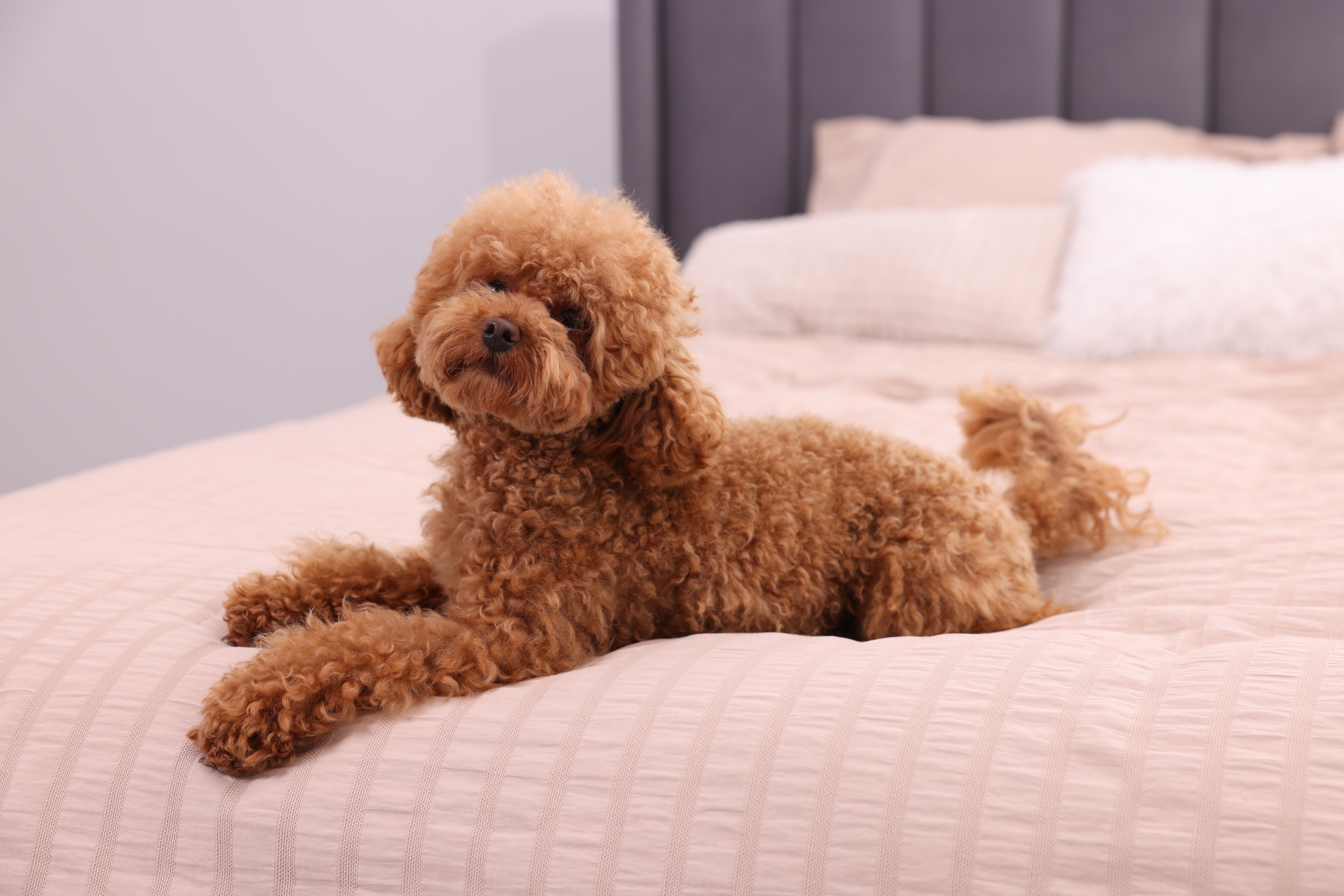
Designer Dog Breeds: Are Doodles, Poos, and Puggles Worth the Hype?
A closer look at trendy hybrid dogs.
“Designer dogs” have become the darlings of modern dog ownership—especially breeds ending in -doodle, -poo, or -uggle. Popularised by celebrities and social media, dogs like the Labradoodle, Cockapoo, and Puggle promise the perfect blend of charm, smarts, and (allegedly) hypoallergenic coats. But are these fashionable crossbreeds worth the hype—or just marketing magic?
This article explores the origins, benefits, and myths surrounding designer dogs, offering a practical, balanced view for prospective owners. We’ll cover health, temperament, costs, grooming needs, and what you should know before joining the doodle craze.
Outline
- Introduction
- What Is a Designer Dog?
- Why Are Designer Dogs So Popular?
- Popular Designer Dog Breeds
- Temperament: What to Expect
- The Hypoallergenic Myth
- Health Considerations
- Grooming and Maintenance
- Price Tag and Availability
- Breeder Ethics and Puppy Farms
- Designer Dogs vs Mixed Breeds
- Final Thoughts
Introduction
Over the last two decades, designer dogs have gone from niche novelty to mainstream must-have. Adorable names, curly coats, and promises of ideal personalities make them especially appealing to first-time or urban owners.
But beneath the Instagram appeal lies a much more nuanced reality.
To make the right decision, it’s essential to look beyond the fluff—at health, behaviour, breeding practices, and the lifestyle these dogs really require.
What Is a Designer Dog?
A designer dog is a deliberately bred crossbreed, typically between two purebred parents of different breeds. They are usually:
- Given portmanteau names (e.g., Labradoodle = Labrador + Poodle)
- Bred for specific traits (coat type, size, temperament)
- Marketed as “best of both worlds” dogs
Unlike random mixed breeds, designer dogs are intentionally created—often at premium prices.

Why Are Designer Dogs So Popular?
Key Reasons:
- Unique appearance
- Claims of hypoallergenic coats
- Reputation for good temperament
- Seen as “healthier” than purebreds
- Celebrity endorsements and social media exposure
From the Obamas’ Portuguese Water Dogs to countless influencer-owned Doodles, designer dogs have become a status symbol as much as companions.
Popular Designer Dog Breeds
| Name | Parents | Size | Temperament |
|---|---|---|---|
| Labradoodle | Labrador × Poodle | Medium/Large | Friendly, energetic, clever |
| Cockapoo | Cocker Spaniel × Poodle | Small/Medium | Playful, affectionate, intelligent |
| Goldendoodle | Golden Retriever × Poodle | Medium/Large | Loyal, smart, people-loving |
| Cavapoo | Cavalier King Charles × Poodle | Small | Gentle, loving, great for families |
| Puggle | Pug × Beagle | Small | Spirited, sociable, vocal |
| Maltipoo | Maltese × Poodle | Toy/Small | Sweet, cuddly, great for flats |
| Schnoodle | Schnauzer × Poodle | Varies | Energetic, trainable, protective |
Note: Sizes and traits can vary even within the same crossbreed depending on breeding lines.
Temperament: What to Expect
Designer dogs are often bred with temperament in mind—but there are no guarantees.
Pros:
- Many are friendly and sociable
- Can inherit intelligence from breeds like the Poodle
- Often great with children and families
Cons:
- Behaviour may favour one parent more than the other
- Traits can be inconsistent between litters
- High energy levels may surprise unsuspecting owners
Example: A Cockapoo might inherit a Poodle’s brain and a Spaniel’s bounce—not ideal for laid-back owners.
The Hypoallergenic Myth
One of the biggest selling points of -doodle breeds is their hypoallergenic status.
Reality Check:
- No dog is truly hypoallergenic
- Allergens are found in dander, saliva, and urine, not just fur
- Some Doodles shed very little, while others shed heavily
- Coat texture can vary widely—even in the same litter
Tip: If allergies are a concern, spend time with the breed first and consult a vet before committing.
Health Considerations
The “Healthier Than Purebreds” Claim
Designer dogs are often said to be healthier due to genetic diversity—known as hybrid vigour. But:
- Only true if both parents are healthy
- Poor breeding can introduce the worst of both gene pools
- Inherited conditions still occur (e.g. hip dysplasia, eye problems, epilepsy)
Responsible breeders should:
- Perform health tests on both parent breeds
- Avoid breeding dogs with known genetic issues
- Provide clear medical histories
| Common Health Issues | Seen in… |
|---|---|
| Hip/elbow dysplasia | Labradoodles, Goldendoodles |
| Ear infections | Long-eared breeds like Cockapoos |
| Eye problems | Cavapoos, Maltipoos |
| Breathing issues | Puggles (due to Pug ancestry) |
Bottom line: Health depends more on breeding standards than the breed itself.
Grooming and Maintenance
Most designer dogs require frequent grooming—often more than expected.
Typical coat types:
- Curly/woolly: Low-shedding, prone to matting (needs regular trims)
- Wavy: Mixed coat, moderate shedding
- Straight: Often sheds more, less allergy-friendly
Grooming needs:
- Brushing 3–5 times per week
- Professional grooming every 6–8 weeks
- Ear cleaning and nail trimming regularly
| Breed | Grooming Effort |
|---|---|
| Labradoodle | High – regular trims |
| Puggle | Low – short coat |
| Cavapoo | High – prone to mats |
| Schnoodle | Medium to high |
Unexpected truth: “Non-shedding” doesn’t mean “low maintenance”.
Price Tag and Availability
Designer dogs are often expensive, with prices driven by demand and trends.
Average Prices (UK):
- Cockapoo: £1,000–£2,000
- Labradoodle: £1,500–£3,000
- Cavapoo: £1,200–£2,500
- Puggle: £800–£1,800
Prices vary by breeder reputation, coat type, generation (F1, F1b, etc.), and colouration.
Caution: High demand has led to unethical backyard breeding and puppy mills.
Breeder Ethics and Puppy Farms
Due to their popularity, designer dogs are at high risk of being exploited by irresponsible breeders.
Warning Signs of a Puppy Farm:
- Offers multiple breeds
- No home visit or health testing
- Refuses to show parents or paperwork
- Puppies available at very young ages
- Low prices for high-demand breeds
Choose KC-registered breeders or those who follow Puppy Contract guidelines. Alternatively, consider rescue centres specialising in Doodles.
Designer Dogs vs Mixed Breeds
It’s important to differentiate between designer dogs and traditional mixed breeds:
| Feature | Designer Dog | Mixed Breed |
|---|---|---|
| Intentional breeding | Yes | No |
| Parent breeds known | Yes | Not always |
| Predictable size/traits | Somewhat | Highly variable |
| Price | High (£1,000+) | Low (£100–£300 adoption fee) |
| Status symbol | Often marketed as trendy | Not usually |
Note: Both make excellent pets—but mixed breeds are often overlooked in favour of more fashionable crosses.
Final Thoughts
Designer dogs like Cockapoos, Goldendoodles, and Puggles are adorable, intelligent, and loving companions—but they’re not a magic formula. Behind the trend is a real animal who needs time, training, grooming, and veterinary care like any other dog.
In summary:
- Choose a designer dog if you’re prepared for high grooming needs, training commitment, and a hefty price tag
- Prioritise ethical breeders or adopt from rescues
- Remember: Whether designer or not, every dog deserves love, patience, and responsible care